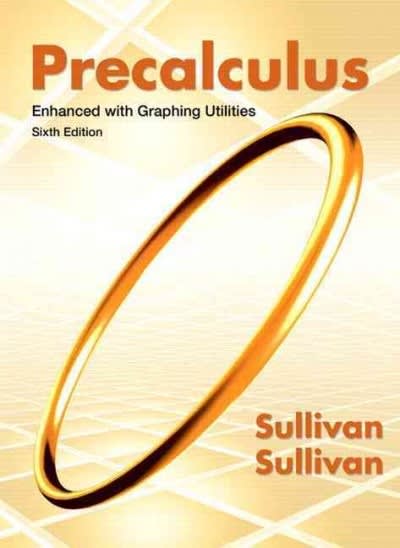Question
Question 1: What is the conclusion for this hypothesis test at a 0.100.10 significance? level?A.RejectReject Upper H 0H0. There is insufficientinsufficient evidence to warrant rejection
Question 1: What is the conclusion for this hypothesis test at a 0.100.10 significance? level?A.RejectReject Upper H 0H0. There is insufficientinsufficient evidence to warrant rejection of the claim that the four different treatments yield the same mean poplar weight.B.Fail to rejectFailtoreject Upper H 0H0. There is insufficientinsufficient evidence to warrant rejection of the claim that the four different treatments yield the same mean poplar weight.C.RejectReject Upper H 0H0. There is sufficientsufficient evidence to warrant rejection of the claim that the four different treatments yield the same mean poplar weight.D.Fail to rejectFailtoreject Upper H 0H0. There is sufficientsufficient evidence to warrant rejection of the claim that the four different treatments yield the same mean poplar weight.Question 2: What do the displayed Bonferroni results tell? us?With a? P-value of ??enter your response here ?, there ?is notis a significant difference between the No Treatment and Fertilizer groups.With a? P-value of ??enter your response here ?, there ?isis not a significant difference between the No Treatment and Irrigation groups.With a? P-value of ??enter your response here ?, there ?isis not a significant difference between the No Treatment and Fertilizer and Irrigation groups.?(Round to three decimal places as? needed.)Let u1,u2,u3,u4 represent the mean amount of the no? treatment, fertilizer,? irrigation, and fertilizer and irrigation? groups, respectively. Use the Bonferroni test procedure with a 0.10 significance level to test for a significant difference between the mean amount of the irrigation treatment group and the group treated with both fertilizer and irrigation. Identify the test statistic and the? P-value. What do the results? indicate?Determine the null and alternative hypotheses.Upper H 0H0?: ?mu 3 equals mu 4?3=?4mu 3 not equals mu 4?3??4mu 1 equals mu 2?1=?2mu 1 not equals mu 2?1??2mu 2 equals mu 3?2=?3mu 2 not equals mu 3?2??3Upper H 1H1?: ?mu 1 equals mu 2?1=?2mu 2 not equals mu 3?2??3mu 3 equals mu 4?3=?4mu 3 not equals mu 4?3??4mu 1 not equals mu 2?1??2mu 2 equals mu 3?2=?3Part 7The test statistic is ??enter your response here .?(Round to two decimal places as? needed.)Find the? P-value.The? P-value is ??enter your response here .?(Round to three decimal places as? needed.)Part 9What do the results indicate at a 0.100.10 significance? level?A.Fail to rejectFailtoreject Upper H 0H0. There is insufficientinsufficient evidence to warrant rejection of the claim that the irrigation treatment group and the group treated with both fertilizer and irrigation yield the same mean poplar weight.B.Fail to rejectFailtoreject Upper H 0H0. There is sufficientsufficient evidence to warrant rejection of the claim that the irrigation treatment group and the group treated with both fertilizer and irrigation yield the same mean poplar weight.C.RejectReject Upper H 0H0. There is sufficientsufficient evidence to warrant rejection of the claim that the irrigation treatment group and the group treated with both fertilizer and irrigation yield the same mean poplar weight.D.RejectReject Upper H 0H0. There is insufficientinsufficient evidence to warrant rejection of the claim that the irrigation treatment group and the group treated with both fertilizer and irrigation yield the same mean poplar weight.

Step by Step Solution
There are 3 Steps involved in it
Step: 1

Get Instant Access to Expert-Tailored Solutions
See step-by-step solutions with expert insights and AI powered tools for academic success
Step: 2

Step: 3

Ace Your Homework with AI
Get the answers you need in no time with our AI-driven, step-by-step assistance
Get Started


